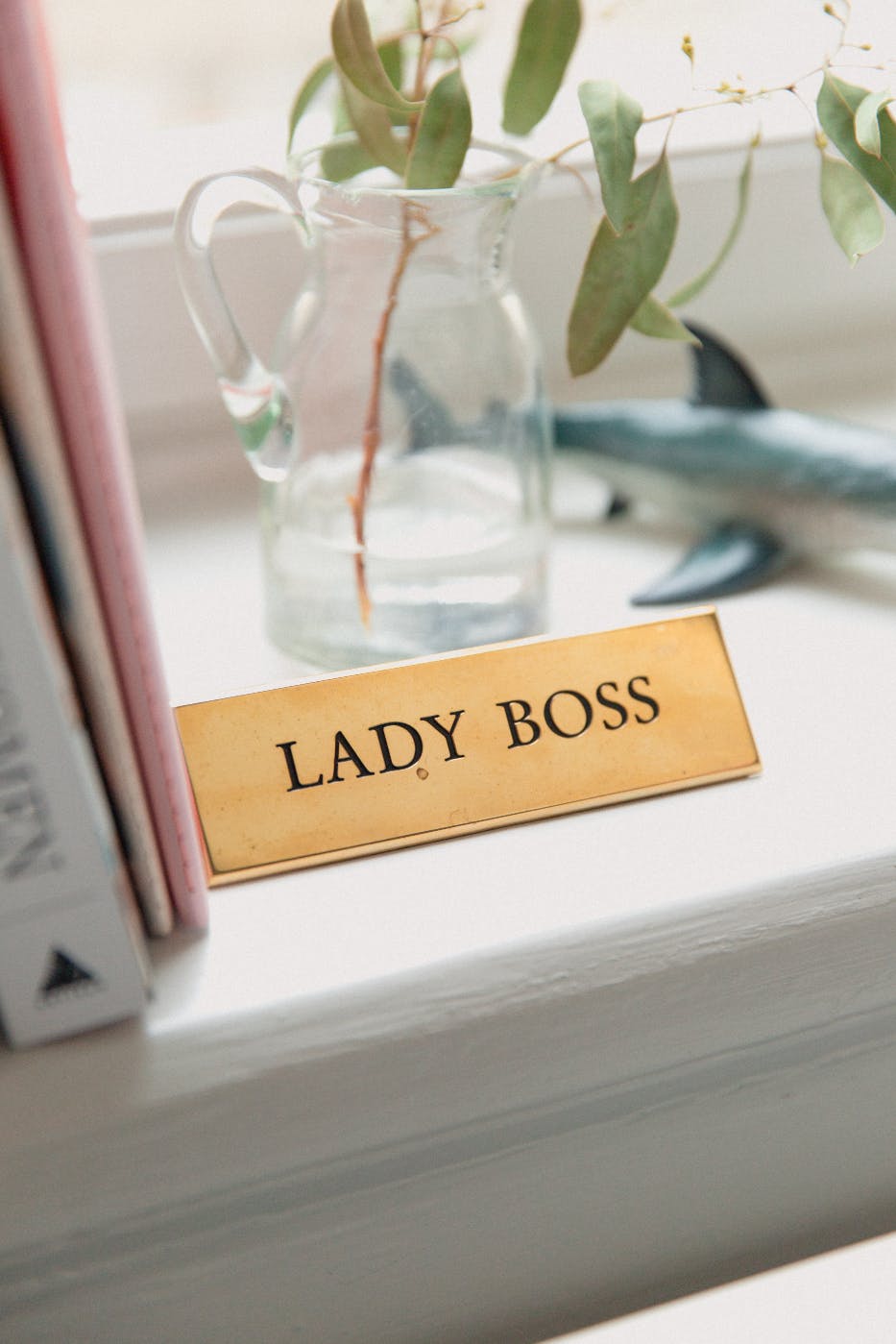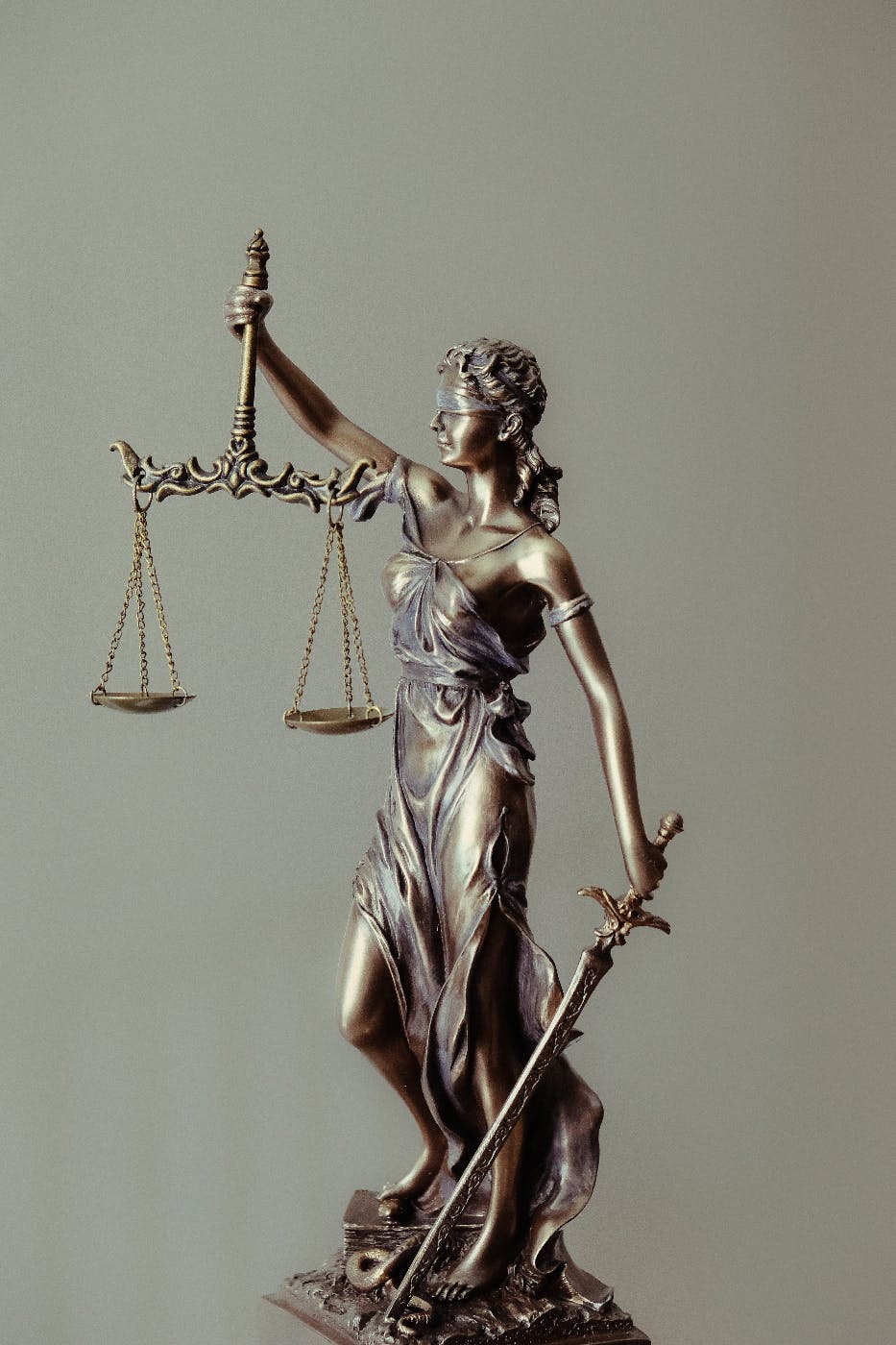
The problem here is that a vast majority of people don’t understand what it takes to write a book or craft a tight five minutes to share with the public.
Authors and comedians are suing AI and Meta. They believe these AI programs, like ChatGPT, generate material that has been lifted from their work. They firmly stand behind their creativity and what it means to develop that creative muscle and make a living from it. They are also determined when it comes to issues of ownership and originality. This is the next bridge that AI will face as it moves forward and strives to be part of our everyday lives.
The problem here is that a vast majority of people don’t understand what it takes to write a book or craft a tight five minutes to share with the public. There is an idea that because we have 2.9 billion streaming networks and because someone can be Tik Tok famous or be an influencer, this whole creativity thing is easy. Anybody can do it, they think; kids are always doing it with their phones and sharing it for free; what’s the big deal?
Indeed, what is the big deal? Let’s look at this and see if we can understand what’s happening.
Creativity
If you’re a regular reader of this blog, then you know that ThoughtLab is a creative agency, and we take creativity very seriously. That doesn’t mean we sit in dark rooms and chant while conjuring the spirits of creativity. It means we understand what it takes to be creative and ensure our teams are free to express themselves and are supported in all their creative endeavors. It also means that our creative teams are as valued as sales and account management teams and are well compensated for their work. They work hard and deserve to have that work reflected in their compensation. We value creativity and understand it is, at times, a delicate beast that needs experience and skill to tame and make work for you.
We have written before about creativity and courage, truths about creativity. We’ve also offered tips on how to live a creative life and the connection between creativity and vulnerability. We admire and believe in the power of creativity and do all we can to foster its growth. Our creative teams are vastly experienced, and the work they produce is incredible. They work quickly and skillfully, but that doesn't mean it is easy.

Funny for Money
Many years ago, I spent summers during college and grad school as a part of the acting troupe at a Rennaisance Faire in Upstate New York. I loved the challenge of this work, creating a character from scratch, adopting an appropriate dialect, creating a physical life, a back story, and staying in that character for 10 hours a day.
Some Renn Faires have people walking about in costumes and being “Old English,” but this particular troupe auditioned actors who studied and rehearsed six days a week for a month before the faire opened. We did cuttings from Shakespeare, commedia de art productions and street work, one-on-one work with the audience, bits, and lazzi. During this rehearsal period, you built a believable character with a strong back story and gained the skills to stay in that character and interact with the other actors and the audience. You also developed bits that were signature to your character—routines you could do in the streets. You learned how to gather and hold a crowd. At the end of these bits, you’d pass the hat. You’d drop your hat or bowl, and people would drop money in if they liked the routine. Working on a good bit could make you some decent money. And, most actors were working for hat, meaning what they collected from the crowd was what they made for the pay.
Developing a good bit, a money maker, was hard work. There was the initial idea; then you build a great opening line that would draw the crowd, a good throughline so people stayed with you for the whole thing, and of course, a good finish, a good hat line. If you worked the routine right, the audience was with you, and you’d bring them along to the punchline; they explode with laughter, and then your hat or bowl was filled with coins and cash.
Understand that what you got in your hat was what you were paid for the day, and with Renn fairies, there are only two days to work the crowds. So, you want to make as much money as possible in those two days.
Because it takes so long to hone a routine, and because you have such a limited amount of time to make money, which is rent and food and clothes, and other expenses, a good routine was a blessing. Imagine you’ve done that work, built the bit, honed it, tried it out in front of crowds, fine-tuned it, and now, you’re making money. Maybe at the end of a Saturday show, you have $200-$250 bucks. Then you go out on Sunday and do just as well or better; maybe you pull in $300 or more; that’s excellent pay for the work. Work you’ve built from the ground up, perfected, and continue to fine-tune each time you drop your hat.
Sure, it’s not thousands of dollars a week with the big office and expense account. But, as an actor, you are proud to do your own work, create something strong, and make money doing what you love. There’s passion, hard work, skill, understanding the audience, and a billion little unmeasurables that you learn and develop as a craftsman that give the bit its personality and edge. This is time and experience, skill and talent on display. It is also challenging, demanding work.
Now imagine you walk out onto the faire grounds one sunny Saturday morning, greeting patrons, dropping jokes, and hawking your show that appears later on one of the stages. Suddenly you come across a circle of people laughing uproariously. You step close, look at the center of the ring, and another actor is doing your routine. They have watched you during rehearsals and in front of the crowds; they have seen you do the routine, perfect it, and now, they have taken it and are doing it themselves.
They have taken money out of your pocket. They have robbed you in the streets. Now, a large chunk of the audience has seen this bit, and you cannot do it again that day. You’ve lost a day of hat because this person who didn’t do the work, put the time in, or understand the mechanics of the street has just taken your work and presented it as his own. Of course, you have stuff in your back pocket, or you can just pull stuff out of your ass; you’re well-trained, but this bit was gold. It was guaranteed money, and now that’s gone.
I believe this is what some authors and comedians are experiencing. They have put the time and energy into writing books or jokes, and now this AI thing is lifting their work and giving it to Jimmy Drake from Cleveland to put in his high school term paper.

It May Look Easy, But it Ain’t
“You make that look so easy!” How often have you heard or said that when witnessing a creative event? You watch someone paint or carve, weave, or do a comedy routine and admire how easily they do the work, like lifting an arm or walking; they produce this wonderful thing with such ease and grace, it’s awe-inspiring, but it’s also deceptive.
It’s easy for an audience to watch a street bit and love it without knowing the time, effort, and skill that went into crafting it. That’s by design. As a performer, you don’t want them to see you struggle, that takes them out of the moment, and that’s not good. So, you work to make the bit look smooth, easy, clean, and like you’re making it up right on the spot. That’s what makes it magical.
In much the same way, the writer doesn’t put all of their mistakes, rewrites, and improvements in the final draft of their work. No one needs to know how long they struggled over word choices or character description; that’s not for the reader to see. They want you to read the story; nothing else matters, just the story.
Unlike an athletic event where you see the amazing feats of skill right in front of your face, much of the creative work happens behind closed doors and isn’t meant for public consumption. This gives the illusion that all creative work is magically produced right here and now, and thus people begin to think it’s easy or even trivial. Oh, maybe I could do that, viewers will say, not understanding the time and work that goes into the event or performance they are watching.
Being creative for a living is hard work, and the fact that most people who live the creative life love it and would do nothing else doesn’t mean it’s easy or their lives are all about lying by the pool with cocktails. Tom Segura, the stand-up comedian, and writer, jokes that his work day starts at 10 in the evening and lasts an hour. But the reality is, he is working every day, at all hours. Putting together a one-hour special for Netflix isn’t a roll out of bed, pound a cup of joe, and then do a show type of thing. We don’t see the jokes that bombed or the way he’s tweaked jokes to make them better; the Netflix special is the culmination of a year of touring, fine-tuning, and craftsmanship.
Rethink How You Look at Creativity
Before you take sides in this current debate sparked by the lawsuits being brought by writers and comedians, we encourage you to rethink how you look at creativity and the outcome of the creative process.
It’s easy for those on the outside to look at these creative people, say they make a lot of money doing what, and write them off as cry babies or rich people looking for something to complain about. That’s simply not true.
In this country, we hail artists only when they have “made it.” Unlike countries like England that subsidize their artists and allow them to do the work they love and the world needs, even if they aren’t famous. Here, we see them as movie stars or writers whose books are made into movies. We don’t really care about ars gratia artis, art for art’s sake. We pay lip service to it; however, most people think artists are just hippies or people who cannot get a ‘real” job. Only when the artist makes millions and on the magazine covers do we give them any attention.
There are stages all over this country with good actors doing fantastic work. Just because they aren’t in the summer blockbuster isn’t a reflection of their talent or skill. Nor does it mean their work is less worthy of viewing. And it certainly doesn’t mean what they create can just be taken and used by anyone to make money.
Money should always be different from what we judge creativity on. The work, time, effort, energy, skill, and experience are better-determining factors for creativity’s worth. Some are good enough to be professionals; some are not; that’s just a fact of life. And there is no hard and fast rule. We’ve all seen films that make us wonder, “How did that get greenlit?” We’ve seen art that we just don’t understand. Getting famous as a creative does involve a tremendous amount of luck as well as skill and dedication.
Before judging these current and future lawsuits, take a moment and rethink how you view creativity and its worth. Think about what you see and feel and what has gone into the piece of art or performance you’re enjoying. Just because the work doesn’t happen in an office with a break room and a board of directors, the work is still work. It still requires skill, experience, and talent.
As we get better with AI and push the technology further, there will be more questions about its use and how it affects people and their livelihoods. The technology isn’t evil; it is beneficial and a natural progression in this world where technology rules. AI doesn’t create; it generates. It is not a creative machine; it is a tool, like any other internet tool; it was made to help people achieve something. It was not made to replace humans or supplant human creativity.
Right now, we’re working things out, finding our boundaries, and exploring our limits; all that is great. But these lawsuits are necessary because they keep the human component front and center. No matter how much we progress with technology, we can never turn away from the human element. We can never forget that there are people behind this and that people are affected when technology is abused.
One way to keep technology where it belongs is to understand creativity and what it is, and how important it is. Also, to realize that despite it looking easy, it is not. And, never let go of the fact that even the most advanced AI system cannot create; it takes heart to do that.

Did You Know
ThoughtLab is a full-service creative agency that has experience with web3 and AI. If you’re unsure what AI is or what it can do for you, your company, or your brand, drop them a line, and they’ll inform you, guide and ultimately help you use AI to your best advantage. Along the way, they might open your eyes to creativity's power and delicate nature. There is so much ot learn about this new wave of technology; talk to people who understand it, and talk to ThoughtLab.

